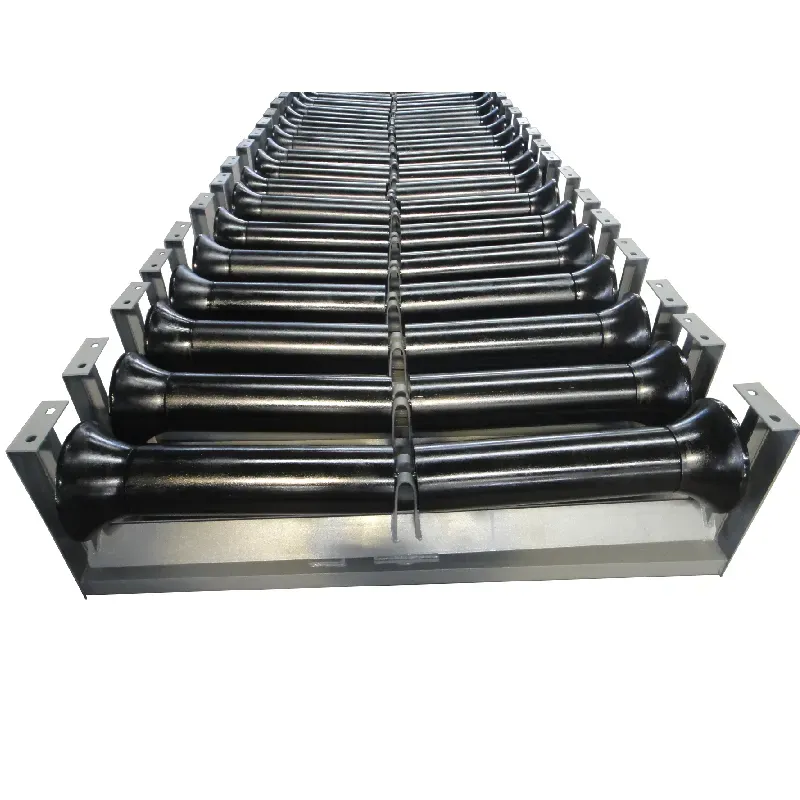 Afrikaans
Afrikaans  Albanian
Albanian  Amharic
Amharic  Arabic
Arabic  Armenian
Armenian  Azerbaijani
Azerbaijani  Basque
Basque  Belarusian
Belarusian  Bengali
Bengali  Bosnian
Bosnian  Bulgarian
Bulgarian  Catalan
Catalan  Cebuano
Cebuano  Corsican
Corsican  Croatian
Croatian  Czech
Czech  Danish
Danish  Dutch
Dutch  English
English  Esperanto
Esperanto  Estonian
Estonian  Finnish
Finnish  French
French  Frisian
Frisian  Galician
Galician  Georgian
Georgian  German
German  Greek
Greek  Gujarati
Gujarati  Haitian Creole
Haitian Creole  hausa
hausa  hawaiian
hawaiian  Hebrew
Hebrew  Hindi
Hindi  Miao
Miao  Hungarian
Hungarian  Icelandic
Icelandic  igbo
igbo  Indonesian
Indonesian  irish
irish  Italian
Italian  Japanese
Japanese  Javanese
Javanese  Kannada
Kannada  kazakh
kazakh  Khmer
Khmer  Rwandese
Rwandese  Korean
Korean  Kurdish
Kurdish  Kyrgyz
Kyrgyz  Lao
Lao  Latin
Latin  Latvian
Latvian  Lithuanian
Lithuanian  Luxembourgish
Luxembourgish  Macedonian
Macedonian  Malgashi
Malgashi  Malay
Malay  Malayalam
Malayalam  Maltese
Maltese  Maori
Maori  Marathi
Marathi  Mongolian
Mongolian  Myanmar
Myanmar  Nepali
Nepali  Norwegian
Norwegian  Norwegian
Norwegian  Occitan
Occitan  Pashto
Pashto  Persian
Persian  Polish
Polish  Portuguese
Portuguese  Punjabi
Punjabi  Romanian
Romanian  Russian
Russian  Samoan
Samoan  Scottish Gaelic
Scottish Gaelic  Serbian
Serbian  Sesotho
Sesotho  Shona
Shona  Sindhi
Sindhi  Sinhala
Sinhala  Slovak
Slovak  Slovenian
Slovenian  Somali
Somali  Spanish
Spanish  Sundanese
Sundanese  Swahili
Swahili  Swedish
Swedish  Tagalog
Tagalog  Tajik
Tajik  Tamil
Tamil  Tatar
Tatar  Telugu
Telugu  Thai
Thai  Turkish
Turkish  Turkmen
Turkmen  Ukrainian
Ukrainian  Urdu
Urdu  Uighur
Uighur  Uzbek
Uzbek  Vietnamese
Vietnamese  Welsh
Welsh  Bantu
Bantu  Yiddish
Yiddish  Yoruba
Yoruba  Zulu
Zulu conveyor belt idler design
Conveyor Belt Idler Design A Comprehensive Overview
Conveyor belts are integral components of material handling systems across industries such as mining, manufacturing, and logistics. An essential part of these systems is the conveyor belt idler, which plays a crucial role in supporting the conveyor belt, maintaining its alignment, and ensuring the efficient movement of materials. Proper design and selection of idlers can significantly influence the overall performance, reliability, and longevity of conveyor systems.
Understanding Conveyor Belt Idlers
Idlers are cylindrical rollers positioned at specific intervals along the conveyor belt. They serve multiple functions supporting the belt, reducing friction during operation, guiding the belt to prevent misalignment, and facilitating smooth material movement. Idlers can be categorized into different types based on their design and functionality, including flat idlers, troughing idlers, and return idlers.
1. Flat Idlers These idlers are designed with a flat surface and are typically used for horizontal conveyors. They provide support to the bottom side of the belt and help in maintaining stability.
2. Troughing Idlers As the name suggests, these idlers have a trough shape that helps form a receiving area for bulk materials. They provide better containment and stability during the transportation of loose materials, especially in inclined or declining conveyor systems.
3. Return Idlers Positioned on the return side of the conveyor, these idlers help in supporting the empty belt as it returns to the loading section. They are critical for maintaining the belt's form and preventing it from sagging.
Key Design Considerations for Idlers
The design of conveyor belt idlers is influenced by several factors, including the type of material being transported, the conveyor's operating environment, and the overall system requirements. Below are some critical design considerations
conveyor belt idler design

1. Load Capacity Idlers must be designed to handle the specific load requirements of the material being transported. This entails considering the weight of the material, the speed of the conveyor, and the intended service life of the idlers.
2. Material Selection The materials used for manufacturing idlers play a crucial role in their durability and performance. Common materials include steel, which provides strength and reliability, and specialized polymers for corrosion resistance in harsh environments.
3. Roller Diameter and Width The diameter and width of the idler rollers impact the belt's performance and material handling capabilities. Larger diameters decrease contact pressure and wear, while wider rollers provide additional support for the belt.
4. Alignment and Spacing Proper alignment and spacing of idlers are essential to prevent belt misalignment and reduce wear. Incorrect spacing can lead to increased friction and energy consumption, resulting in higher operational costs.
5. Sealing and Maintenance Idlers are often exposed to dust, dirt, and moisture, which can lead to premature wear. Therefore, effective sealing solutions are critical in protecting the internal components of the idlers. Regular maintenance checks are necessary to ensure optimal performance and longevity.
Advancements in Idler Design
With the continuous evolution of technology, conveyor idlers have seen significant advancements in design and material use. Innovations such as self-aligning idlers, which automatically adjust to belt misalignment, and lightweight composite idlers that reduce overall conveyor weight have emerged. Additionally, the incorporation of smart sensors for monitoring idler performance can lead to predictive maintenance and reduced downtime.
Final Thoughts
The design and selection of conveyor belt idlers are fundamental to the efficiency and reliability of material transportation systems. Properly engineered idlers can significantly enhance the performance of a conveyor system, reduce operational costs, and extend the lifespan of both the belt and the entire assembly. As industries continue to adopt more advanced technologies and face increasing demands for efficiency, the role of innovative idler design will only grow in significance, paving the way for safer and more productive material handling solutions.
-
Revolutionizing Conveyor Reliability with Advanced Rubber Lagging PulleysNewsJul.22,2025
-
Powering Precision and Durability with Expert Manufacturers of Conveyor ComponentsNewsJul.22,2025
-
Optimizing Conveyor Systems with Advanced Conveyor AccessoriesNewsJul.22,2025
-
Maximize Conveyor Efficiency with Quality Conveyor Idler PulleysNewsJul.22,2025
-
Future-Proof Your Conveyor System with High-Performance Polyurethane RollerNewsJul.22,2025
-
Driving Efficiency Forward with Quality Idlers and RollersNewsJul.22,2025





























